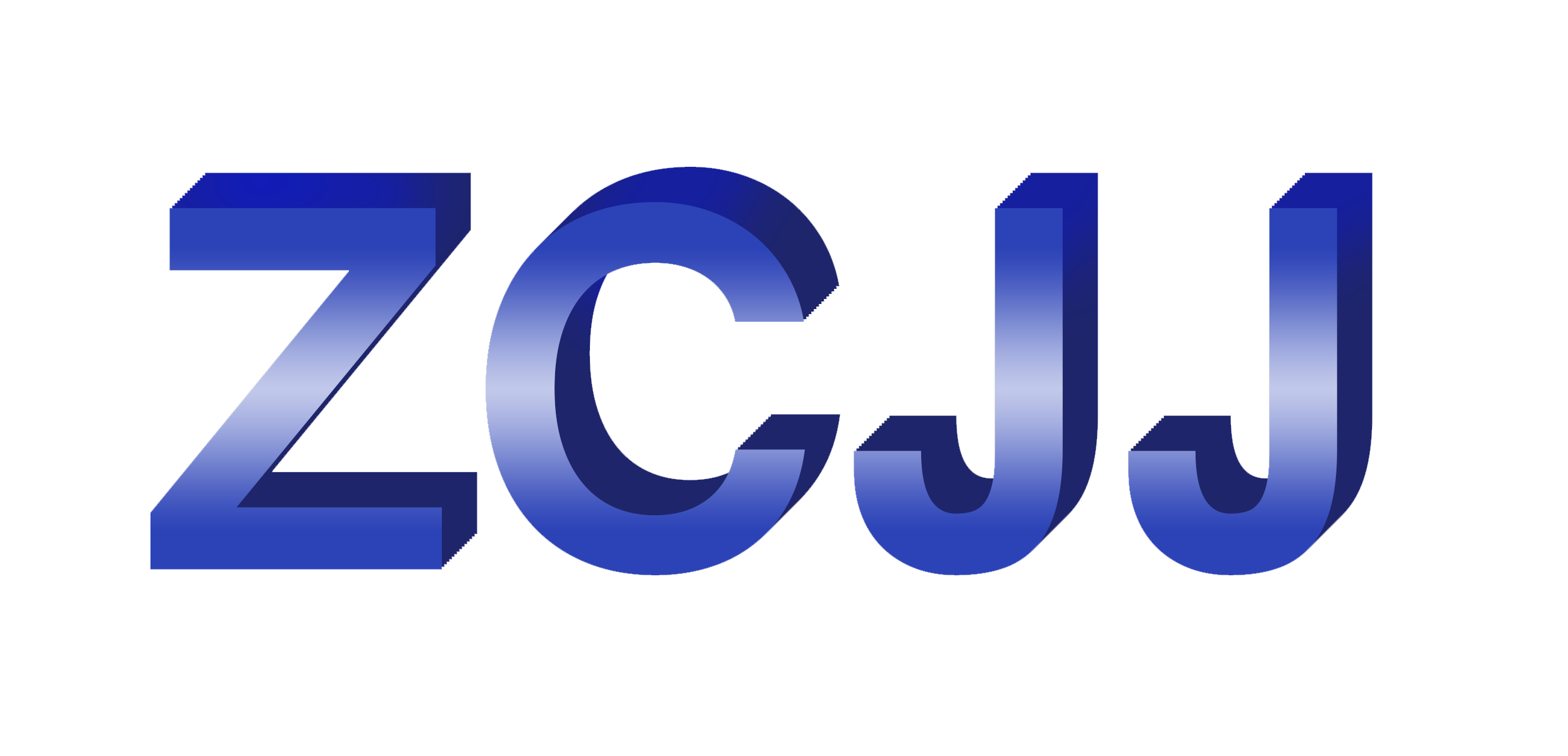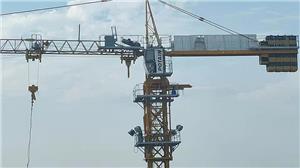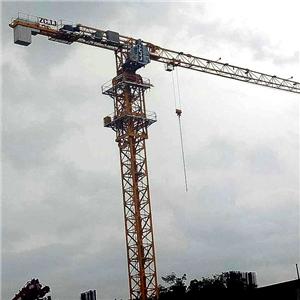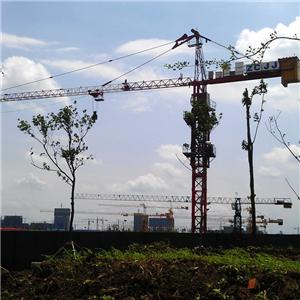L48A1 Mast Section Discussion on the Relationship between Type Classification and Basic Parameters of Tower Hang
Tower hanging has been developed for more than a century and has produced a large number of derived tower hanging models and types. The widely used tower hoists are: upper rotary tower hoists, lower rotary tower hoists, and self-ascending attached tower hoists.
Tower lifting classification
According to the current Chinese national standard classification, the tower crane model standard is QT, where "Q" represents "crane" and "T" represents "tower". In general, the standard title in China is like this. Of course, because our country learns from the technical manufacturing towers of Libohail in Germany and Potan in France, some manufacturers also define the model name according to foreign coding rules.
In general, tower cranes can be divided into the following forms:
1, upper rotary type: QT, upper rotary tower crane;
2, upward rotation self-rising type: QTZ, upward rotation self-rising tower crane;
3, down rotary type: QTX, down rotary tower crane;
4, down rotation self-lifting type: QTS, down rotation self-lifting tower crane;
5, fast installation type: QTK, fast installation tower crane;
6, fixed: QTG, fixed tower crane;
7, climb type: QTP, climb tower crane;
8, tire type: QTL, tire tower crane;
9, car type: QTQ, car tower crane;
10, crawler type: QTU, crawler tower crane.
Basic parameters for tower lifting
The tower crane model includes a number of basic parameters, which are: lifting torque, starting weight, maximum operating range of the basic arm, lifting height, gauge and working speed of the mechanism. Among them, the lifting moment is the main parameter of the tower crane. The lifting moment is defined as the product of the maximum amplitude of the basic arm and the corresponding maximum lifting weight.
For example, QTZ80
Among them, QTZ represents a self-ascending tower crane, and 80 is the nominal gravity moment 800kN · M(the product of the basic arm and the corresponding rated weight) divided by 10. However, due to the influence of imported tower hoists, there is a new type of model marking method on the market. Two main parameters, the rated weight(kN) that can be lifted at the maximum arm length(M) and the arm end(maximum amplitude), are used to mark the tower hoist model., For example, the QTZ80 is identified as TC 6010 and TC5513. Although this marking method does not meet the Chinese national standards, it reflects the lifting performance of the tower. Therefore, when purchasing tower hoists, we should understand the relationship between the two expressions and carefully compare their gravity moment curves.




